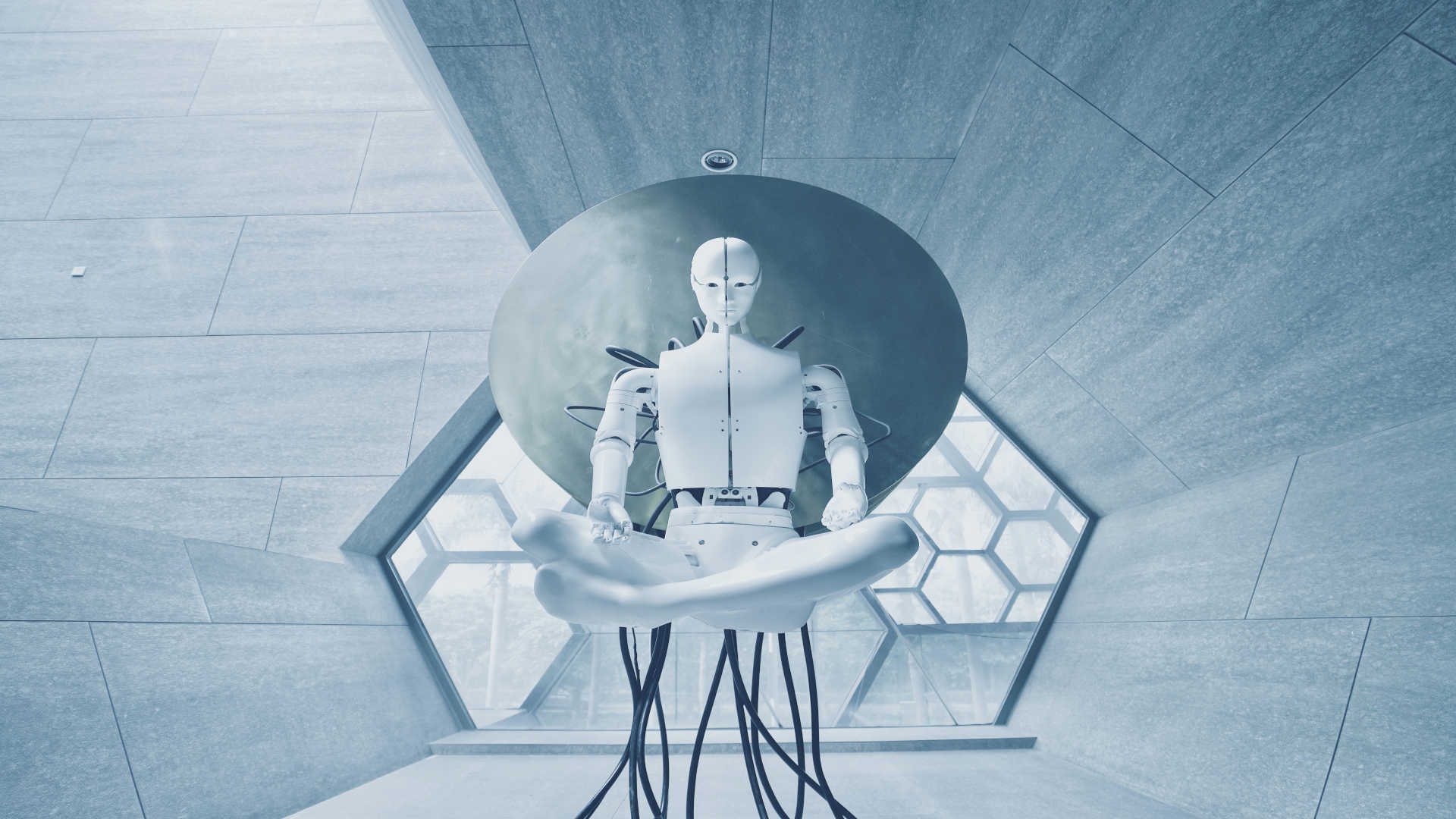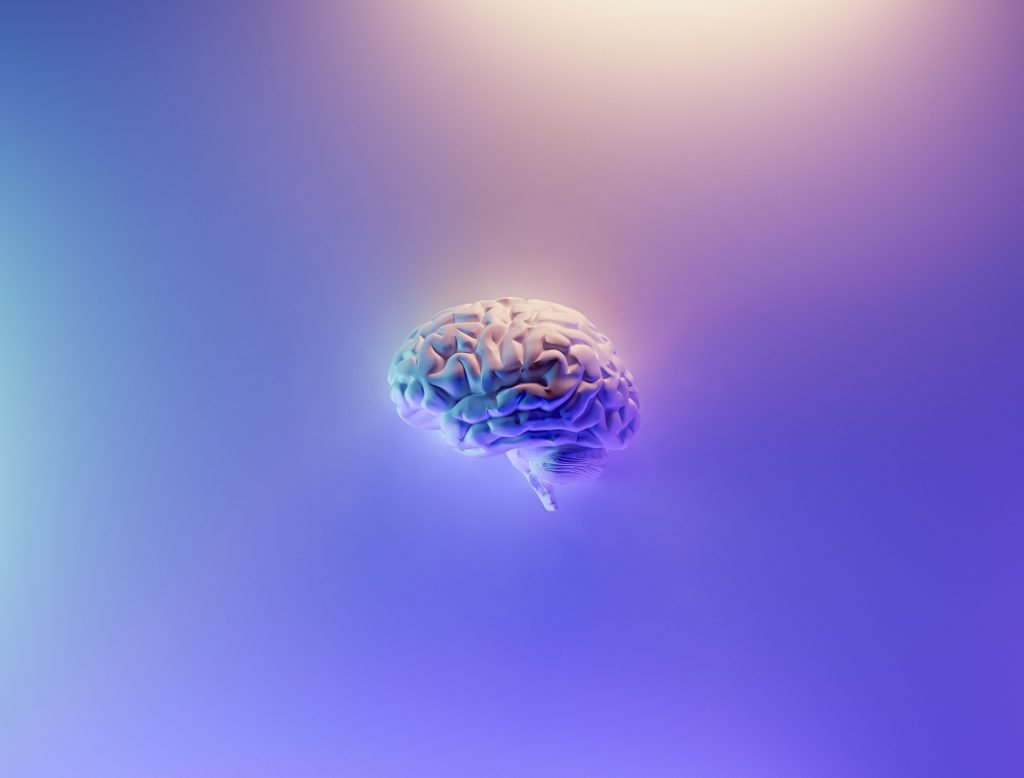The Secret of AI and How it Works

Artificial Intelligence, or AI, can seem daunting when it comes to your business. But it’s actually quite simple.
The goal of artificial intelligence is to create systems that function intelligently and independently to solve real-world problems.
The way computers use artificial intelligence is pretty similar to the way we humans process the world around us. In fact, artificial intelligence is achieved by analysing human behaviour and using the outcome to develop artificial intelligence technologies.
From the columns below you can see how artificial intelligence interprets our human behaviour.
| Humans | Artificial Intelligence |
| Communicate by talking & listening | Speech recognition |
| Read & write | Natural language processing |
| Eyesight | Symbolic learning (computer vision) |
| Recognising & processing surroundings | Image processing |
| Movement | Robotics |
| Pattern recognition, e.g. spotting groups of similar objects | Pattern recognition (but on a far greater scale) |
| Use a network of neurons (brain) to learn things | Machine learning through an artificial neural network |
| Scan images through eyes, e.g. from left to right | Machine learning through a convolutional neural network (object recognition) |
| Remember the past | Machine learning through a recurrent neural network |
So how does AI do all that?
Artificial Intelligence works in two ways:
Symbolic Artificial Intelligence
Applications process strings of characters (symbols) and a hierarchical representation of knowledge to reflect real-world problems.
Symbols can be used to define things (for example, human, cat, dog). They can describe actions (running, walking, sleeping) and they describe hierarchies (a human is made of a skeleton, muscles, nervous system etc).
On a computer, symbols can be arranged in structures such as lists, hierarchies or networks. The structures define how the symbols relate to each other.
Data-based AI (Machine Learning)
Humans have a brain, which is a neural network. Computers also have a sort of brain, an artificial neural network, which can process huge quantities of data.

Machine learning is used to classify data and make predictions with that data.
If you have data on your sales revenue and marketing costs you can plot out that data to look for patterns. A computer can also learn this pattern, then make predictions based on what it learned.
Humans use a few different methods to predict patterns, but computers use thousands of methods. This means they can make predictions we’d never be able to come up with.
What are the different types of machine learning?
Supervised learning: training an algorithm with data that also contains the answer.
For example, you can train a computer to greet your family members by their names, but first you’ll need to tell the computer who each family member is and what their name is.
Unsupervised learning: training an algorithm with data that you want the computer to use to identify patterns.

For example, you can enter data into a computer about your sales opportunities and their status, and ask the computer to come up with patterns in that data by itself.
Reinforcement learning: give an algorithm a goal and expect the computer to achieve that goal through trial and error.
For example, you can program a robot arm to try to pick up an egg without breaking it until it succeeds.
Ready to find out how artificial intelligence can benefit your business?
We love to help, have a chat with us today and find out how we can help your business.
Want regular exclusive updates and content from Panoceanic?
Get in Touch
Let’s talk about how technology can transform your business
